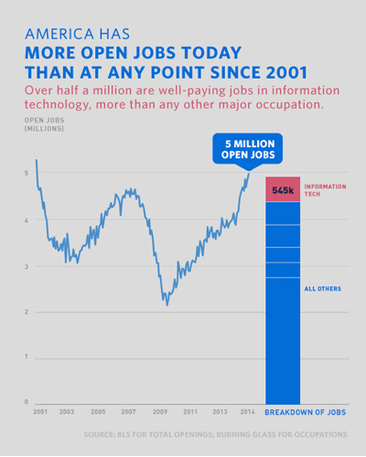I was listening to a podcast about the advancement in cockpit technology. They were saying that now cockpits design is error proof. New technologies have lessened the potential to make mistakes and put stops in place in case you do. It spoke about how cockpits are finding a greater symbiosis between human and machine.
Where is that for the classroom? What app ensures that students learn and teachers can manage thirty+ people with ease and masterfulness? What technology is going to be the answer that enables the classroom to function more like a cockpit? Why hasn’t the human-machine interaction advanced more on the ground?
I want to say it’s because the technology needed for the classroom isn't invented yet. It’s definitely not an app, but it’s not a robot either. It’s not a person, or even a group of people. It’s a unique combination of human and computer. The perfect combination of a trained, creative, compelling teacher supported by a data-crunching, web crawler. Both sources analyzing student performance and recommending digital tools, apps, lessons or even when it’s time to work IRL.
When I think of the apps that are available, they all do one thing. Khan Academy for learning skills, primarily in the maths and sciences. Google for files and assignments. ClassDojo for managing behavior. The list of one-off math and reading apps are endless, but how do they integrate? How do they improve teaching and ensure learning? Who is making sure the kids are using the apps when it will benefit them the most? When is it time to stop using one app and start using another? When is it appropriate to skip lessons, or chunks of lessons to get the most out of your time?
With most apps, what to learn falls on the student. A child clicking through an app, letting the app be their guide. Leading you through some narrow version of math, science, or even physical education. This can be great, and I have learned new skills this way. But what if every app, article and activity could be integrated? Mapped onto a great three dimensional web, that was flexible, personalized and ever improving. Let’s say you’re working on Khan Academy and your thing (human/technology TBD) said, ‘hey, you’re doing great here, but there is this other app called FrontRow, that’s actually better at the next concept you should learn. Go there and then come back here.’
Moreover, when is it best to put down a device and go explore the physical world? When does learning on an app become obsolete and real life experience become necessary for continued education. And then, when that times comes, what tools are required for success? A microscope? A hammer? A ruler? And what technology that’s going to help a teacher then?
If you know, or think you’ve found an inkling that may lead to something, post it in the comments below. I’m looking and as far as I can tell, I haven’t found it yet.









 RSS Feed
RSS Feed